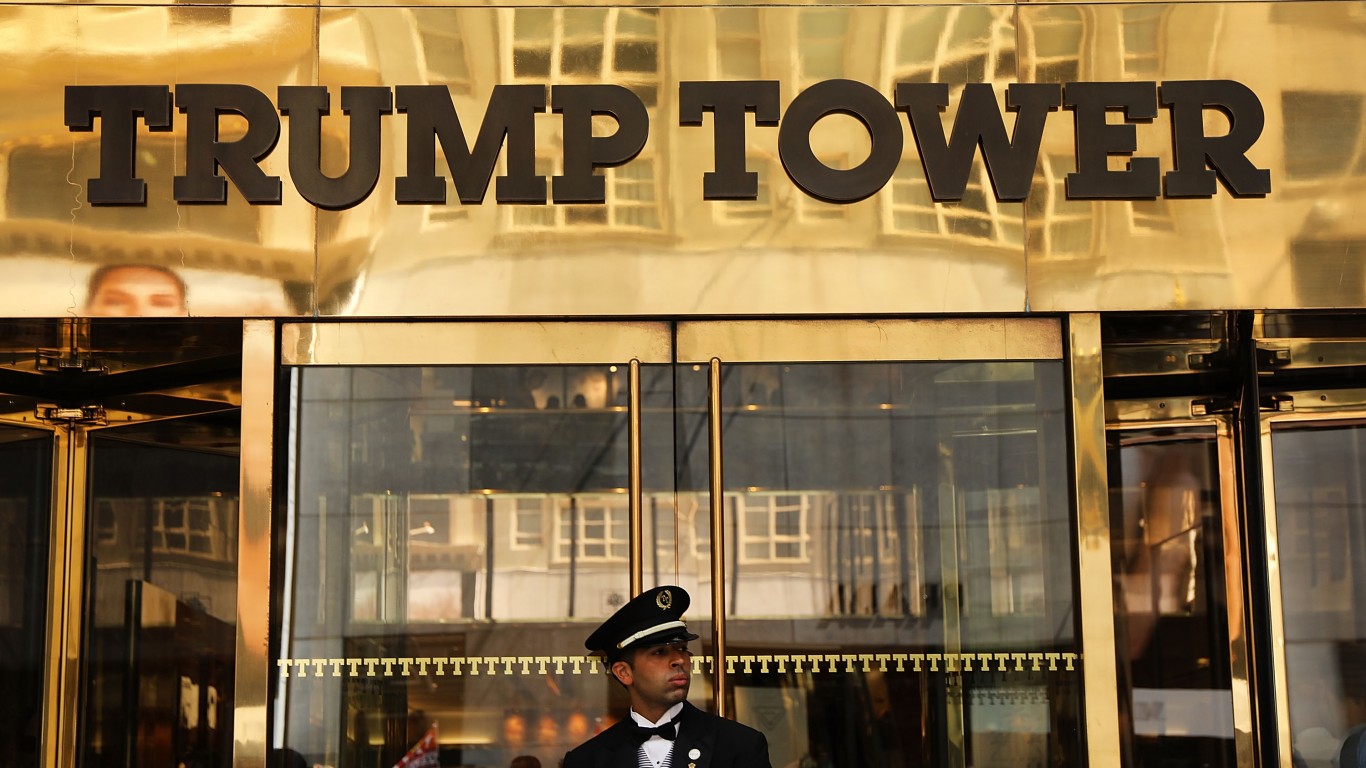
The official poverty rate in the United States was 11.4% in 2020, according to the U.S. Census Bureau. By measures from the World Bank, poverty in America is higher than in parts of Asia but much lower than in much of Africa. While there is no absolute method for determining poverty rates, there is one that is widely accepted.
Gross national income, or GNI, is the sum of money earned by a country’s population and businesses within a given year. It includes income earned by corporations or persons based in a given country but operating outside of its borders. GNI is a useful measure for determining the overall income of a country. The measure helps indicate which countries are the richest and the poorest in the world.
To determine the poorest country in the world, 24/7 Wall St. reviewed data on GNI per capita for 193 countries and special regions with available data from the World Bank.
Nearly all of the poorest countries in the world are located in Africa. The continent has long struggled with violent conflicts and political instability. Harvard University researchers Daron Acemoglu and James A. Robinson wrote in a paper on poverty in Africa that the continent struggles economically because “property rights are insecure and very inefficiently organized, markets do not function well, states are weak, and political systems do not provide public goods.” They added that these “dysfunctional dynamics were then further reinforced by colonialism” when other countries extracted resources from Africa.
Even though some of these African countries have enough natural resources, like oil and gold, to lift incomes, much of the wealth goes to a select few at the top of the political system, leaving much of the population in poverty.
Burundi is the poorest country in the world. Here are the details:
- GNI per capita: $780
- 2020 GDP: $3.3 billion
- Life expectancy: 61.6 years
- Population: 11.9 million
Burundi is a landlocked country in East Africa. It is by far the poorest country in the world, with a GNI per capita that is a fraction of the worldwide figure of $17,535.
In most of the wealthiest countries, a large percentage of the gross domestic product comes from exports, typically well beyond the 29.5% average for all countries. Yet Burundi’s exports make up just 5.0% of its GDP, the lowest share of any country. More than 86% of Burundi’s residents live in rural areas, the second-highest share among countries. Agriculture and related industries account for 28.5% of Burundi’s $3.3 billion GDP. Worldwide, agriculture makes up just 3.5% of all economic output.
The World Bank estimates GNI per capita using the purchasing power parity method, and figures are in current international dollars. All data on GNI per capita is based on the most recent available year for a given country.
Additional data on GDP in current U.S. dollars, population, life expectancy at birth and access to electricity also came from the World Bank. All data is for the most recent year available for each country.
We also considered data on public sector corruption in 2020 from the nonprofit, international watchdog and anti-corruption group Transparency International.
Click here to read about all the poorest countries in the world.
The Average American Has No Idea How Much Money You Can Make Today (Sponsor)
The last few years made people forget how much banks and CD’s can pay. Meanwhile, interest rates have spiked and many can afford to pay you much more, but most are keeping yields low and hoping you won’t notice.
But there is good news. To win qualified customers, some accounts are paying almost 10x the national average! That’s an incredible way to keep your money safe and earn more at the same time. Our top pick for high yield savings accounts includes other benefits as well. You can earn up to 3.80% with a Checking & Savings Account today Sign up and get up to $300 with direct deposit. No account fees. FDIC Insured.
Click here to see how much more you could be earning on your savings today. It takes just a few minutes to open an account to make your money work for you.
Our top pick for high yield savings accounts includes other benefits as well. You can earn up to 4.00% with a Checking & Savings Account from Sofi. Sign up and get up to $300 with direct deposit. No account fees. FDIC Insured.
Thank you for reading! Have some feedback for us?
Contact the 24/7 Wall St. editorial team.




